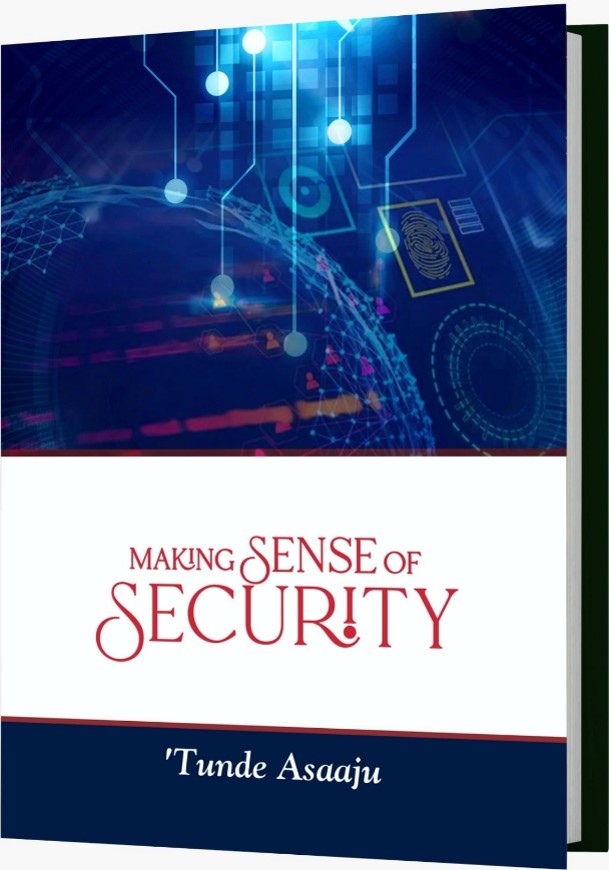360° Security Pro®
360° (Cyber-Physical) Security is a paradigm shift in corporate security practice and consciousness that requires urgent adaptation. Physical security and cybersecurity measures have traditionally been viewed as separate efforts. Cyber-Physical is a Converged Security! Technical Security is the approach of integrating cybersecurity and physical security technology strategies to increase awareness and strengthen protection of facilities, people and data in a holistic way. In other words, converged security combines the efforts of safeguarding physical assets, such as by limiting access, installing video surveillance and using intrusion detection, and protecting digital assets like computers, networks and applications.
Accelerate your career journey in Technical Security with 247CSO!
Our 360° Security Pro® Career Journey
As advances in technology have made physical/digital security strategies to be data/intelligence driven, 21st Century Corporate Security & Risk Practitioners are now expected to embrace relevance skillsets to combat the nature of current and future enterprise threats. Our 360° is a journey from being a Certified Technical Security Associate (CTSA) to Certified Technical Security Professional (CTSP).
CTSA
Associate level modules are typically for mid-level managers. Suitable for those who want to enter a field or role for the first time.
CTSP
Professional level modules are for advanced and top-level managers. Suitable for those who want to advance in their career to become a top expert in security field.
Disciplines covered by our technical security training program include;
- • Physical Protection Systems
- • SOC Management
- • Cloud Computing
- • Cybersecurity
Click here to download the Training Brochure
Are you a conventional security manager or professional who is aspiring to acquire Technical (Cyber-Physical) Security skillsets?
247CSO 360° Security Pro® is your best bet
Corporate Security Management Guide

Making Sense of Security A must read book on “Risk-informed & Technology-driven Corporate Security Management”
Last updated 1 year ago

Corporate Security Handbook
“Making Sense of Security” is a book intended for both security practitioners and business executives longing to align corporate security functions with the company strategies for successful attainment of business performance goals in cost effective manner.
The concept of the handbook relies on comprehensive and practical definition of security as a function of Crime Prevention to Asset Protection through Data Analytics and Risk-Driven Business Resiliency.
Security = Crime Prevention + Asset Protection + Resilience
